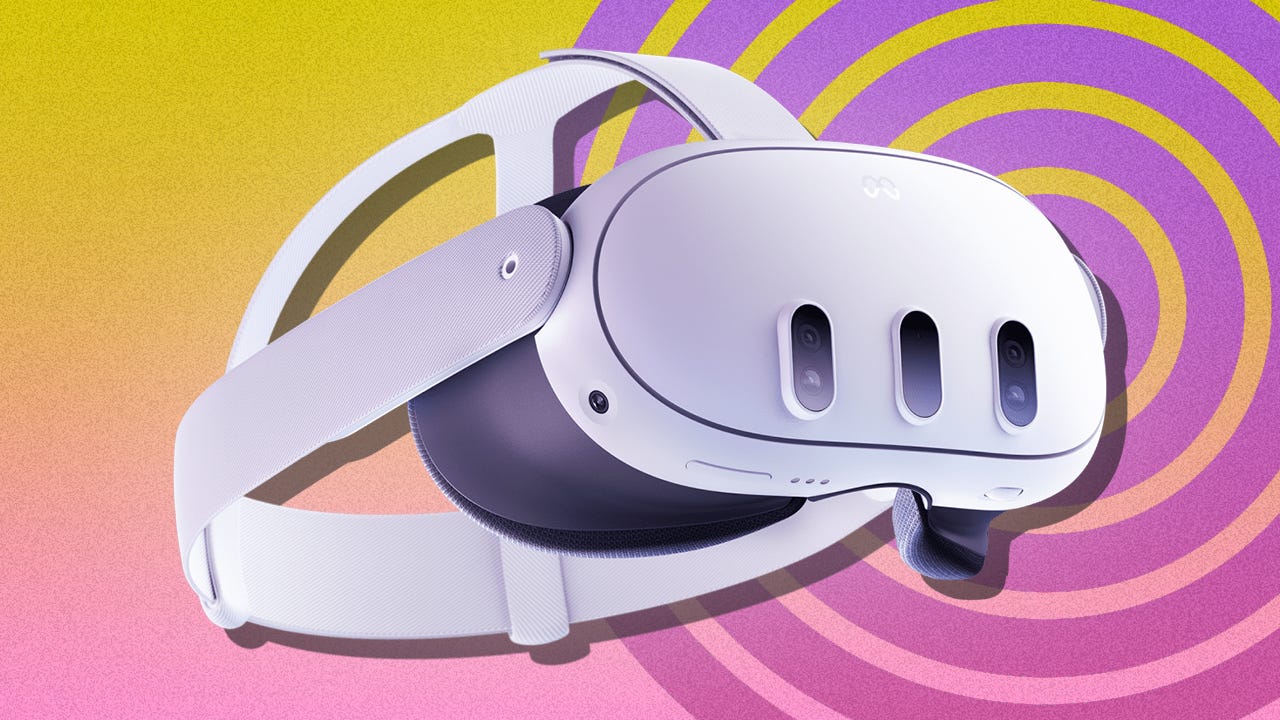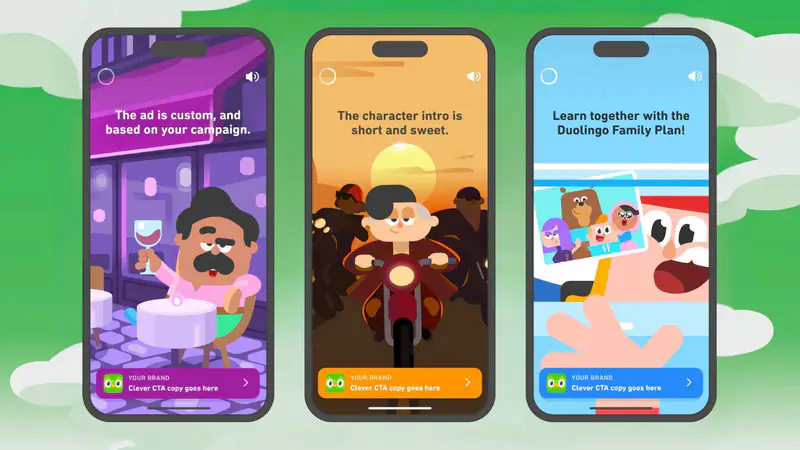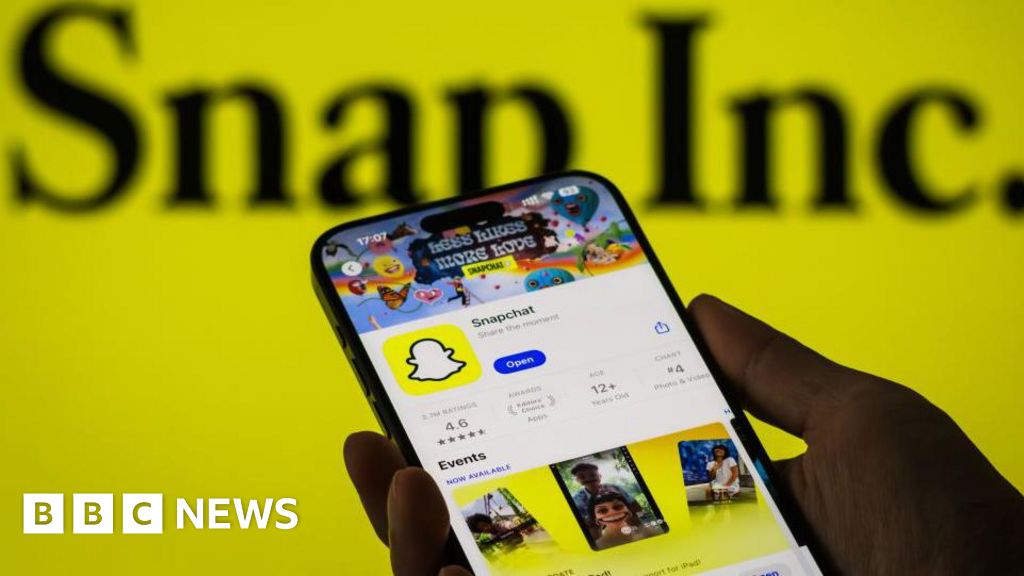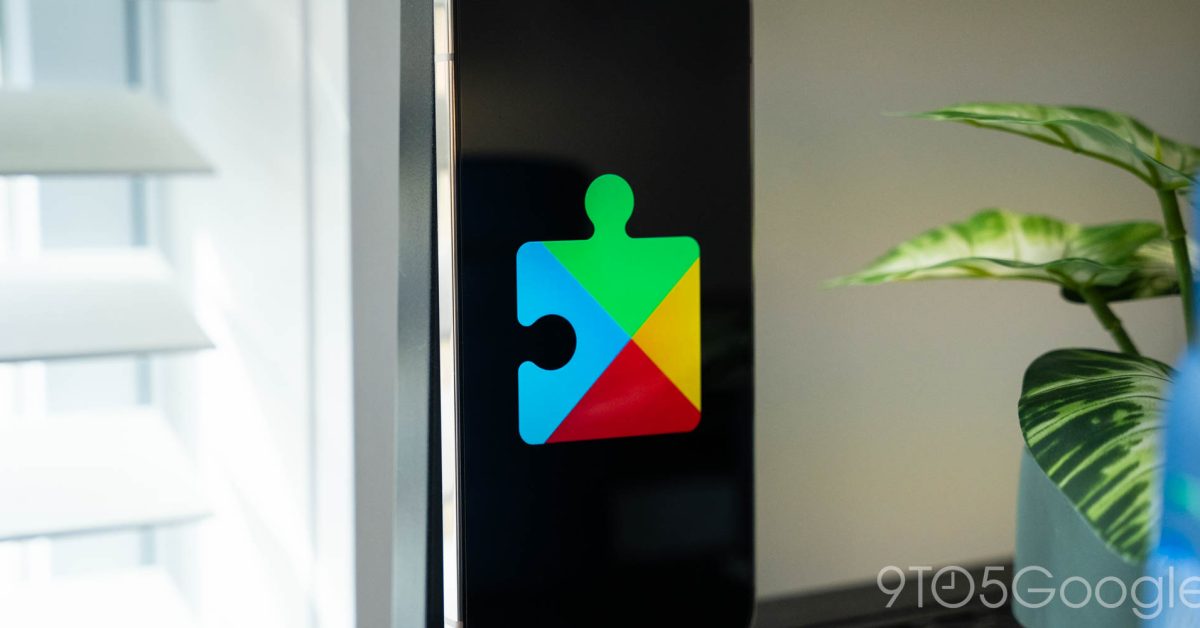After the news cycle recently exploded with the announcement that Google would require every single Android app to be from a registered and verified developer, while killing third-party app stores and sideloading in the…
Category: 4. Technology
-

PlayStation Network server down? Users report ws-11649-5 network error en masse; how to fix
Updated on: Oct 07, 2025 07:21 am IST
Thousands of users reported a PlayStation outage on Monday afternoon, according to Down Detector, which tracks user-reported service disruptions.
Continue Reading
-

Jony Ive Says He Wants His OpenAI Devices to ‘Make Us Happy’
At OpenAI’s developer conference in San Francisco on Monday, CEO Sam Altman and ex-Apple designer Jony Ive spoke in vague terms about the “family of devices” the pair are currently working to develop.
“As great as phones and computers are,…
Continue Reading
-

Man proposes to girlfriend with helicopter flying outside window at LA restaurant in ‘Hollywood-worthy’ scene | Watch
A viral video shows a man proposing to his girlfriend by having a pilot fly a helicopter next to his table outside the window at a restaurant in Los Angeles. According to a post by Collin Rugg, the stunt was pulled off at 71Above in downtown…
Continue Reading
-

The Official Meta Store on eBay Has Refurb Meta Quest VR Headsets at Outrageously Low Prices
If you’ve been interesting in getting your feet wet in the world of VR gaming, then you don’t want to miss out on what is easily the best prices I’ve ever seen on Meta Quest VR headsets. From now until October 12 (or while supplies last), the…
Continue Reading
-

Gen-Z-Targeted Language Platform Campaigns : Duolingo Ads
Duolingo has launched ‘Duolingo Ads,’ a mobile-first advertising platform designed to help brands build authentic connections with Gen Z audiences through narrative-driven, character-led content. With a global community of “more than 128 million…Continue Reading
-

Revival: Uncharted Realms Updates
NEW OPENING ENCOUNTERS
In addition to Opening Encounters that you’re used to like Crab Rave, Trainer Golem, and Gold Subscription, here are three new Encounters with a dragon twist.
Treasurier Dragon beckons an additional Treasure Dragon with…
Continue Reading
-

Amazon Prime Day October 2025: 31 Fitness Deals
Top Amazon Prime Big Deal Days offers:
Amazon’s October Prime Day sale has officially kicked off! Formally known as Prime Big Deal Days, from now until 23:59 on Wednesday 8 October, Prime Members can enjoy huge savings on virtually every shopping…
Continue Reading
-

Snapchat users share fury at upcoming fees for Memories storage
Liv McMahonTechnology reporter
 Getty Images
Getty Images“Half of my life is on this app and now they expect us to pay for it.”
One-star reviews and a sense of injustice have dominated online discussion since the popular messaging app Snapchat became the latest…
Continue Reading
-

What’s new in Android’s October 2025 Google System Updates
The monthly “Google System Release Notes” primarily detail what’s new in Play services, Play Store, and Play system update across Android phones/tablets, Wear OS, Google/Android TV, Auto, and PC. Some features apply to end…
Continue Reading
